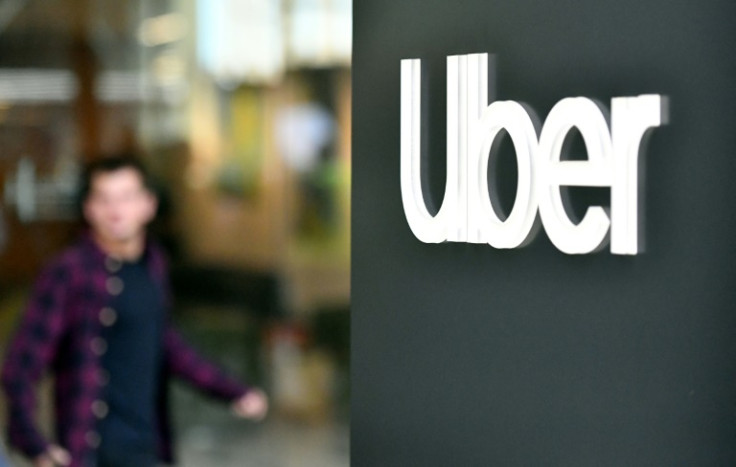
Uber and Lyft traded places on Wall Street in 2024 as competition for riders rages on. Lyft's shares are up 15% YTD, while Uber's are up 10.3%. That differs from the previous five years, when Uber's shares rose 84.7% while Lyft's stock was down 67.2%.
Last week, the two companies reported financial results reflecting this investor sentiment change on Wall Street.
Uber reported a surprise loss of $654 million, thanks to the continuation of legal challenges and a $721 million net headwind (pre-tax) due to net unrealized losses related to the revaluation of Uber's equity investments. In addition, bookings were weak in some markets.
Lyft reported both top-line and bottom-line results ahead of market expectations, thanks to a better focus on core business. Forging partnerships with local transit agencies in major cities, like SF and DC, for micro-mobility initiatives like BayWheels and Capital BikeShare boosted Lyft's bottom line.
Then there are Lyft's partnerships with financial institutions, like BILT, a credit card through Wells Fargo that enables renters to earn points back from rent payments. BILT cardholders can also earn rewards when riding with Lyft.
Still, the race between the two young ride-hailing companies is ongoing.
Uber has something that Lyft needs to develop: scale, as reflected in the company's market shares. They have risen from 62%-74% in four years, while Lyft's has declined from 38% to 26%.
Scale translates into higher profitable growth, as emphasized by Uber's CEO Dara Khosrowshahi in the company's most recent report.
"Our results this quarter again demonstrate our ability to deliver consistent, profitable growth at scale. More than 7 million people now choose to earn flexibly on Uber every month, with driver earnings of $16.6 billion continuing to grow faster than our topline," Khosrowshahi said.
The trouble is that profitable growth in the core operations was more than offset by sizable losses in the non-core business, meaning Uber must get its business strategy right.
Moreover, Uber and Lyft have a long way to go before capturing value for their stockholders, as they earn returns not matching their cost of capital due to price competition.
According to Gurufocus.com, Uber's current Return on Invested Capital (ROIC) is 4.63%, and its Weighted Average Cost of Capital (WACC) is 11.64%. Lyft's situation is even worse. Its current ROIC is -9.15%, and its WACC is 13.32%.
Earnings returns that lag the cost of capital destroy value for capital holders as these companies grow, meaning that investors should look elsewhere for better returns for their capital.
Still, Jenn Szekely, President of Coley Porter Bell, places her bets on Uber. She thinks the Uber brand remains king and is making smart moves for more growth in the medium to long term.
"The market is focusing on the quarter losses, but the company has been doing well and is moving in the right direction," she said. "It is becoming a mobility ecosystem, with its entry into health and, of course, its expanding food delivery. Where Uber Eats has made some sage (or wise) partnerships, including its recent Instacart collaboration, which will help them expand from the urban to the suburban and fend off heightened competition from giants like Amazon, Target, and DoorDash."
Szekely believes these strategic moves will help Uber grow into a membership brand, facilitating the growth of Uber One. "This is one key strategy for how Uber can assert leadership over Lyft," she added. "This modus operandi is like what AMEX did when it doubled down on the positioning around membership."
Gregory Harmon, Professor of banking and finance at the Weatherhead School of Management at Case Western Reserve, doesn't see Lyft racing past Lyft on Wall Street for much longer.
"The stock price reaction to Lyft's earnings report exhibited a more significant impact than Uber's response," he explained. "However, I anticipate this outperformance is a blip and unlikely to persist. Uber's stock reached an all-time high in March, contrasting with Lyft's prolonged price stagnation at about 80% off the high over the past two years, indicative of their respective long-term business prospects. Uber's robust financial standing positions it as a stronger entity."
Harmon advises investors to consider taking some profit from their Lyft investments. "For investors who have profited from Lyft stock, considering profit-taking rather than further investment may be a wise move," he added.







